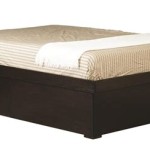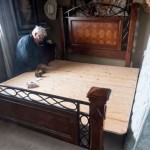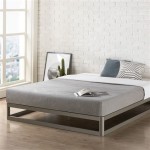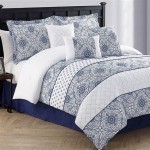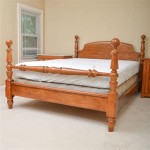Can Bed Bugs Get Through Plastic on a Mattress?
Bed bugs are small, parasitic insects that feed on human blood. They are notorious for infesting mattresses, and their ability to hide makes infestation difficult to control. While plastic is a common material used in mattress covers and encasements, a common question arises: Can bed bugs get through plastic on a mattress?
The answer is not a simple yes or no. The ability of bed bugs to penetrate plastic depends on several factors, including the type of plastic, the thickness of the material, and the presence of any gaps or tears. Understanding these factors can help determine if plastic can effectively protect mattresses from bed bug infestations.
The Type of Plastic
Different types of plastic have varying degrees of permeability. Some plastics, such as polyethylene, are relatively porous and allow small insects like bed bugs to pass through. Other plastics, such as polyvinyl chloride (PVC), are denser and more resistant to penetration. For example, a thin plastic bag used for grocery shopping would likely not provide adequate protection against bed bugs. However, a thick, heavy-duty plastic sheet used for industrial purposes may be more effective.
Thickness of the Material
The thickness of the plastic also plays a crucial role. Thicker plastic provides a greater barrier and is less likely to be penetrated by bed bugs. A thin plastic sheet may provide some protection, but it’s not as effective as a thicker, heavier plastic sheet. This is why mattress encasements typically use thicker materials to ensure that bed bugs cannot easily access the mattress.
Gaps and Tears
Even the most robust plastic can be compromised if it has gaps or tears. Bed bugs are adept at squeezing through small openings, and any gaps or tears in a plastic cover or encasement can provide easy access to the mattress. It’s important to note that the presence of gaps and tears doesn’t necessarily mean the plastic is useless. Even a small gap can provide a passageway for bed bugs. However, it’s important to inspect any plastic cover or encasement regularly for any damage and replace it promptly if any tears or holes are found.
Alternative Solutions for Bed Bug Prevention
While plastic can offer a degree of protection, it’s not a foolproof solution. Other measures should be taken to prevent bed bug infestations, including:
- Regularly vacuuming and cleaning the mattress and surrounding areas.
- Washing bedding in hot water and drying on high heat.
- Inspecting used furniture and mattresses before bringing them into the home.
- Using a mattress encasement made of a more effective material, such as a tightly woven fabric.
- Seeking professional pest control services if an infestation is suspected.
Overall, while some types of plastic can provide a degree of protection against bed bugs, it’s not a guaranteed solution. It’s crucial to use the correct type of plastic, ensure it’s thick enough, and inspect it regularly for any damage. Combined with other preventative measures, plastic can help protect against bed bugs, but it’s not a replacement for thorough cleaning, regular inspections, and professional pest control when necessary.

Can Bed Bugs Go Through A Plastic Mattress Cover

Can You Still Get Bed Bugs With A Mattress Cover

Can You Still Get Bed Bugs With A Mattress Cover

Can Bed Bugs Go Through A Plastic Mattress Cover

Can Bed Bugs Climb Plastic Metal Pestseek

The Best Mattress Covers For Bed Bug Protection

Can Bed Bugs Climb Plastic

Do Bed Bug Covers Work Integrity Solutions

Can New Mattresses Have Bed Bugs

Can Bed Bugs Live On Plastic Mattress Covers Pest Control Sleuth
Related Posts

